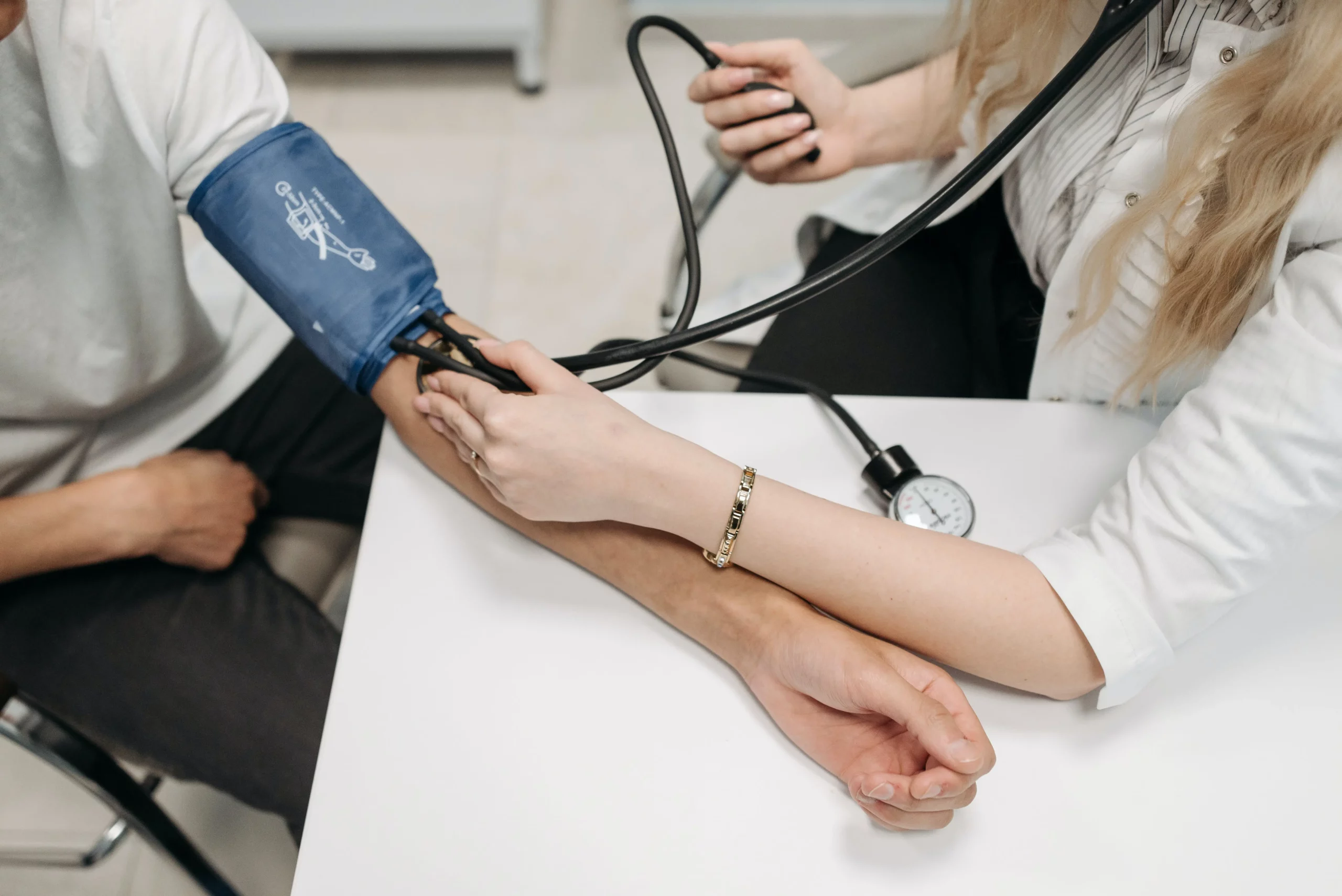
If you’ve visited a walk-in clinic or hospital emergency room lately, you’ve probably experienced very long wait times. Many urgent-care facilities are short-staffed and overrun with COVID-19 patients. Two-hour waits, and sometimes even over six, are the norm. No parking spaces, patient lines clogging the entrance and exit, and stuffy, overcrowded waiting rooms add to everyone’s frustration. After nearly two years, the COVID-19 pandemic continues to overwhelm healthcare services across the U.S. Their human resources departments struggle to juggle volumes of new COVID-19 information to sort and distribute, while quickly reducing staffing shortages. Looking at healthcare SOPs may reveal some important areas for improvement!
COVID-19 and Healthcare: Weak Links Exposed
On March 13, 2020, the U.S. declared the COVID-19 pandemic a national emergency. Since that time, COVID-19’s rampant spread has severely strained our healthcare system and uncovered some of its weak links. One of them is a missing framework provided by SOPs, or standard operating procedures.
SOPs are formal guidelines and operating standards for personnel at all levels. They work within these guidelines to improve quality care, productivity, and reduce the risk of errors. This is especially important in healthcare. SOPs ensure safety and care consistency so that patients’ lives aren’t in jeopardy.
While healthcare SOPs are helpful, they are not required in all healthcare facilities, or for personnel at all levels. Many healthcare facilities had basic SOPs before COVID-19’s onset. But they weren’t always generated by actual providers, regularly updated, or in a delivery format that would be useful in a high-volume crisis environment.
Missing SOPs revealed quality control issues and changes that needed to be made to handle COVID-19’s huge patient volume: 
- Cross-functional healthcare teams and HR needed to join forces to create faster, better information exchanges. They needed to collaborate rather than operate as independent units.
- Healthcare facilities of all sizes needed SOPs as an interactive communication tool to make those changes. In the COVID-19 environment, healthcare facilities became more hazardous and contagious than ever. SOPs’ predictable, systematic format became extremely important in managing those situations, to protect patient health as well as providers from liability and lawsuits.
- The pandemic exposed the need for healthcare to shorten the information exchange curve and delivery turnaround, to be able to keep SOPs and all healthcare documentation current and in compliance.
- Given the enormous amount of COVID-19 data received daily, many healthcare facilities couldn’t process and distribute information quickly. Providers and healthcare facilities needed to outsource their data and technical writing processes to experts like Essential Data Corporation, to keep their SOPs and documentation up-to-date and usable.
Healthcare SOPs Are Different from Other Clinical Documents
A healthcare SOP details steps and procedures within processes. They’re often more complex than SOPs in other industries and customized into smaller, separate documents for individual departments or units. Healthcare SOPs may list clinical objectives, compliance requirements, health and safety steps, dates, and signatures of those who generate and approve them. Healthcare SOPs provide consistent information about a healthcare facility, its departments, staff, and operations.
SOPs are different from clinical practice guidelines and other healthcare documents. They provide details about processes, so that users can understand and apply the information to get expected results. SOPs list a range of criteria, with steps for treating a condition or for facility operations. However clinical practice guidelines are statements that influence decisions in specific circumstances.
Healthcare SOPs: Limiting or Liberating?
Before COVID-19, some healthcare facilities avoided using SOPs, as they felt that they were restrictive and inflexible. But the Cleveland Clinic, rated a top U.S. hospital, found that SOPs could be quite liberating when they were written for the actual user. They helped remove uncertainty in processes and procedures. They also helped improve sound decision-making. It became easier to customize service delivery at a low cost, which also improved employee morale and performance.
5 Ways that SOPs Help the Healthcare Community
SOPs are an important tool for healthcare facilities and their HR departments, especially during COVID-19 or other high-volume crises. Here are just a few key processes that SOPs have improved:
- Triage, or sorting and identifying patients with the most urgent needs, separates COVID-19-infected patients from non-infected ones. This prevents transmission of infection and puts staff and resources where needed most.
- Regular availability and replenishment of clinic and hospital supplies is key. A list of suppliers and vendors is available and kept updated.
- Hospital policies and procedures for COVID-19 diagnosis and treatment are accessible to patients and the public at hospital entry and exit points. They’re also available in various formats and languages.
- Support and correct delivery of staff training and communication helps prevent the spread of COVID-19 among patients and healthcare workers.
- Cataloging processes for healthcare research are more standardized so that they consistently contain the same information.
Has COVID-19 Changed the Creation of Healthcare SOPs?
COVID-19 has significantly changed methods of healthcare data collection and distribution to providers and the public. There’s a huge demand for current, reliable COVID-19 information, and it will only increase. SOPs were not always used as a reference guide prior to the pandemic. Facilities often now use them as part of a daily routine, and as a living document that can be updated as needed.
SOP formats have also changed, to meet the needs of diverse populations among staff. Whether delivered in various languages are designed to meet ADA & WCAG accessibility requirements, the need to communicate information in clear, understandable formats has never been greater.
Healthcare SOPs: Designed for Growth
SOPs are much more than a healthcare document to navigate the COVID-19 pandemic. They have a surprising number of benefits for healthcare facilities, providers, and patients. Having clear, professionally written SOPs can be a vital investment, an important HR guide, and a key to sustained, long-term growth.
How EDC Can Help
Whether you need a single technical writer for a brief project, or a team of consultants to produce a complete line of documentation, the quality of our work is guaranteed for you. Our clients’ work closely with an Engagement Manager from one of our 30 local offices for the entire length of your project at no additional cost. Contact us at (800) 221-0093 or [email protected]
Written by Liz Eastlake


